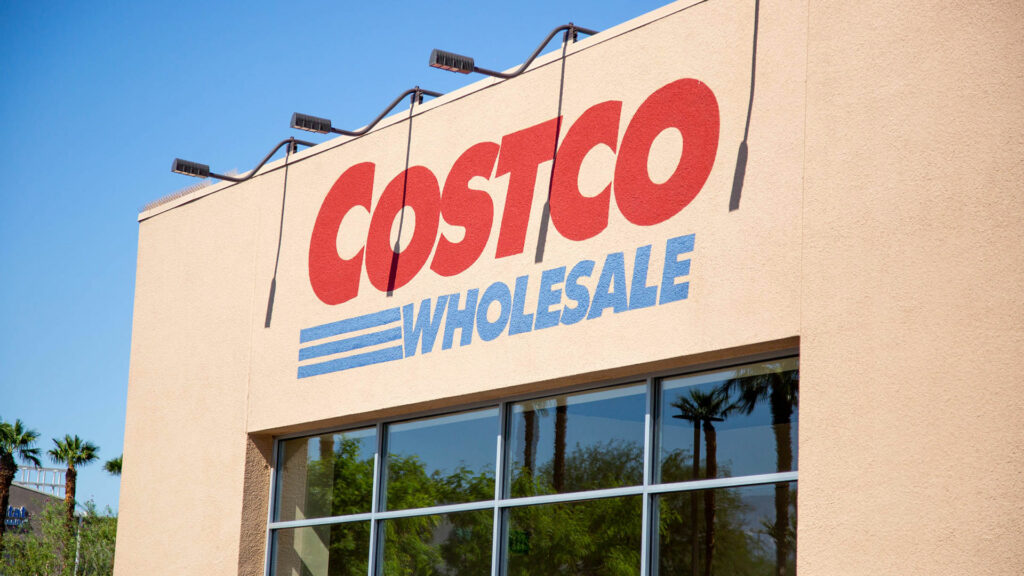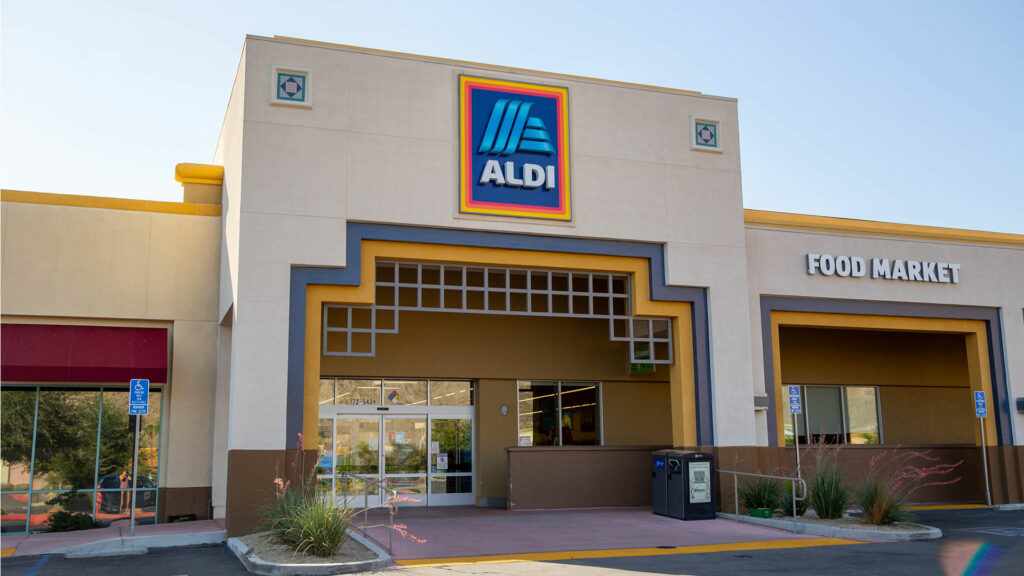Advertiser Disclosure: At Slickdeals, we work hard to find the best deals. Some products in our articles are from partners who may provide us with compensation, but this doesn’t change our opinions. Our editors strive to ensure that the information in this article is accurate as of the date published, but please keep in mind that offers can change. We encourage you to verify all terms and conditions of any product before you apply.
Reading Time: 7 minutesInflation, which has risen to 8.5% according to the Consumer Price Index (CPI) report last month, is now the highest it’s been in 40 years. And it’s why everyone can’t stop talking about how prices have gone up for so many products we use on a regular basis, such as cars, gas and even the monthly rent. One area that might affect consumers the most are household goods. We’re breaking down the top household goods that are pricier now and how to offset the increasing costs of inflation.
Always Get the Best Deals
One of the best ways we can recommend to help combat inflation is to download Slickdeals’ browser extension, so you can stay on top of all the latest and greatest deals.
Here are some of the awesome features you can get with the Slickdeals browser extension:
- Automatically find and apply coupons and promo codes during checkout.
- Earn points and redeem for gift cards or cash back when shopping at your favorite stores.
- Easy access to awesome frontpage deals posted by the Slickdeals community.
What Household Goods Are Most Affected By Inflation?
Chances are, with inflation affecting almost every industry, you’re going to have to pay more out of your wallet for basic living. Here is what you can expect to cost more the next time you head to the grocery store or go shopping.
1. Meat, Fish and Poultry — 13.8%
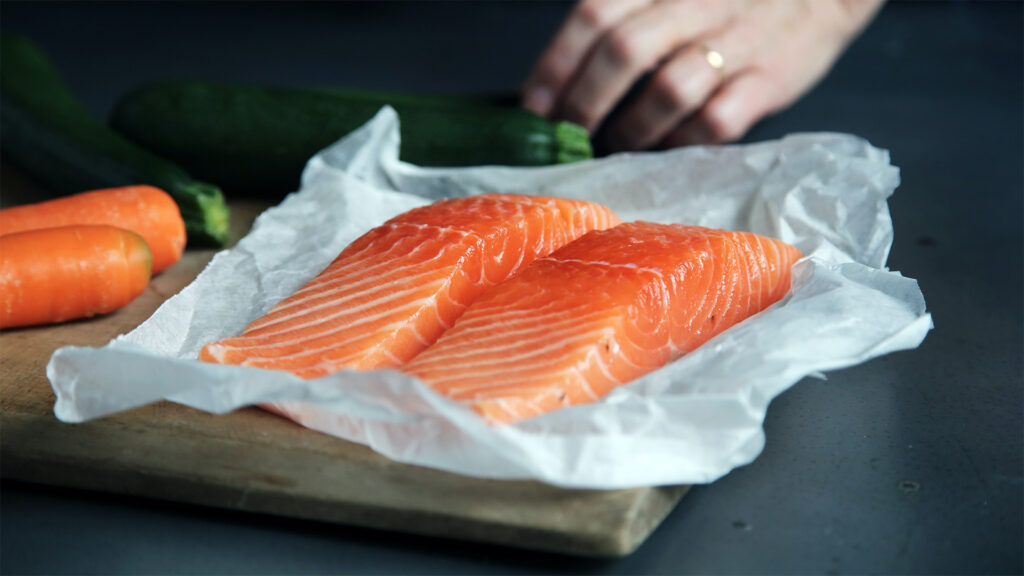
For all you carnivores and pescatarians out there, it definitely hurts to see how expensive meats of all kinds are these days. With a near 14% increase in prices over the last 12 months, more consumers have turned to plant-based meals or cut down on times when they enjoy some bacon or steak.
Now, some factors of the skyrocketing cost are the supply chain issue, labor shortages and the rise in products used in the process of obtaining the meat, poultry and fish. You may not see it, but things such as the fertilizer to grow the cattle feed and other production costs have gone up for the companies as well.
- Slick Tip: Buy meats on sale in bulk and freeze them for later. Warehouses like Costco and Sam’s Club will generally have great prices.
Check Out: Learn How To Score a ‘Free’ Sam’s Club Membership
2. Eggs — 11.2%
According to the USDA Egg Market Report, egg prices have gone up significantly in the last few months, which can be attributed to inflation but also the high feed prices and the shrinking population of chickens. To make matters worse, there’s even an avian flu spreading around, decimating millions of birds across the United States. The good news is that there’s still a strong supply, per the USDA, which means there won’t be a completely empty section where the eggs used to be. You’ll just have to deal with higher prices for a while.
- Slick Tip: Double-check those eggs before you check out! Far too often do shoppers come home with cracked eggs, and you don’t want that to happen at these prices.
3. Coffee — 11.2%
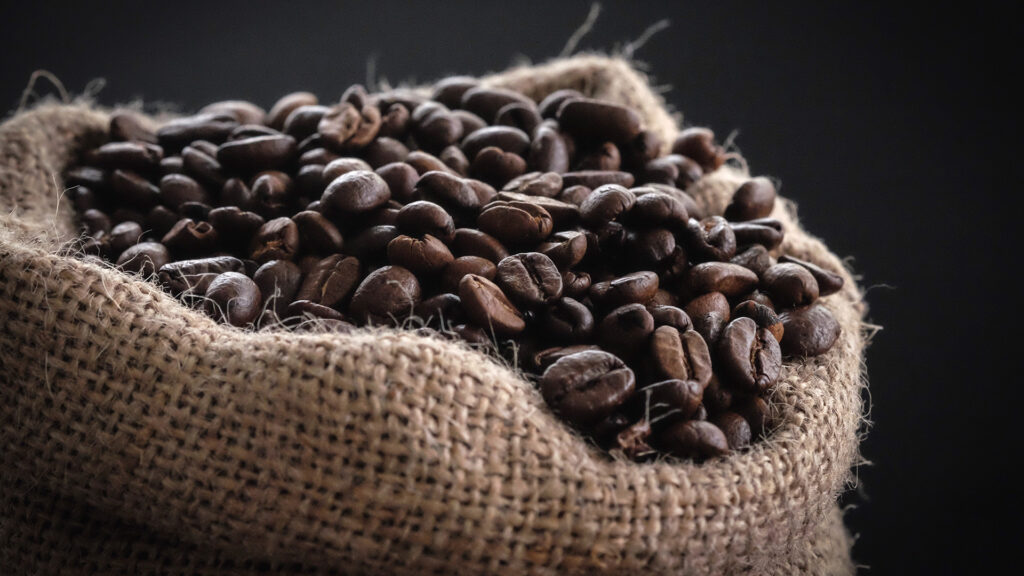
The Wall Street Journal reported that coffee costs are rising because of “bad weather and supply-chain” issues. That means that wherever you go, from Starbucks to a local café and even your own kitchen, you’re going to have to spend more for a cup of coffee. While WSJ noted there was a 76% increase in price since last year, these aren’t the highest numbers we’ll see for coffee at a nearby grocery store. So, all you coffee lovers, be prepared to make a little more room in the budget if you can’t go without your hot cup of joe.
- Slick Tip: Save on coffee by including a bit of caffeinated tea into the morning regiment—it’s gone up in price, of course, but not at the level of some coffee beans.
4. Milk — 13.3%
Though there was only a 1.3% jump in cost last month, milk over the last year has been 13.3% more expensive. One of the main reasons for this jump is because there’s a reduction in the total number of dairy cows and the overall demand for production as people turn more to other milk alternatives. This and the usual culprit of higher supply chain costs is why that sticker price you’re seeing keeps going up.
- Slick Tip: Evaporated milk can be a great alternative for regular milk when baking. Plus, it’s cheaper.
If you find yourself wasting milk often, did you know you can freeze milk?
5. Fruits & Vegetables — 8.5%

Even if you wanted to turn to healthier options to offset the meat prices, it still means you’ll be spending a decent chunk of change on fruits and veggies that you haven’t done before. The U.S. Department of Agriculture gave a new report last month that stated an “upward” forecast in the consumer price index. Similar to other foods, the environmental problems, war and supply chain issues plague fruits and vegetables as well.
- Slick Tip: An easy way to save on fruits and veggies is to be conscious of your storage methods, so you can prolong the shelf life.
6. Furniture/Bedding —17.1%
Thinking about upgrading your couch or bed this year? With the price of furniture and bedding being one of the many goods to increase over the last few years, maybe consider putting it off another year or opting for a used one instead. Since more people stayed at home because of the pandemic, this has led to a significant surge in demand for household furniture. Couple that with less staff for labor and supply chain costs, and you’re looking at a bigger receipt to re-furnish your home.
- Slick Tip: People are always getting rid of used but nice furniture on Facebook Marketplace or Craigslist. It just requires a patient and open mind!
7. Large Appliances —12.4%
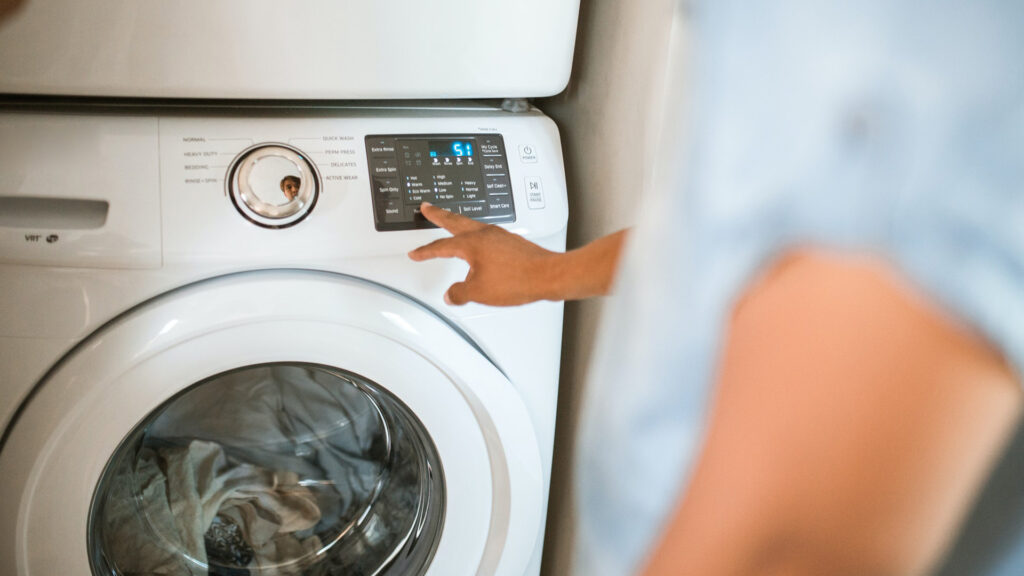
There was a major appliance shortage the last few months that fueled the rising costs of washers, dryers and fridges. Keep that in mind when you’re perusing retailers like Lowe’s, Best Buy or Home Depot. That being said, we’ve found the best deals for these big purchases at Best Buy where you can get 10% off on LG and Samsung products, in addition to an extra 10% reward with a My Best Buy Credit Card.
- Slick Tip: Forgo those flashy, shiny features on high-end appliances, and you can find a lower-priced appliance that does the job just as well.
8. Flour — 14.2%
Now, most of us can’t resist bread, so the higher inflation for flour hurts a lot here. The labor shortage, drought issues and rise in flour prices have led to the costs of baked and cereal goods increasing. Even Kellogg and General Mills are having to adjust prices for their products, as you might have noticed in the aisles.
- Slick Tip: Instead of buying bread outright, try making your own to save money in the long run.
Best Ways To Beat Inflation and Rising Costs
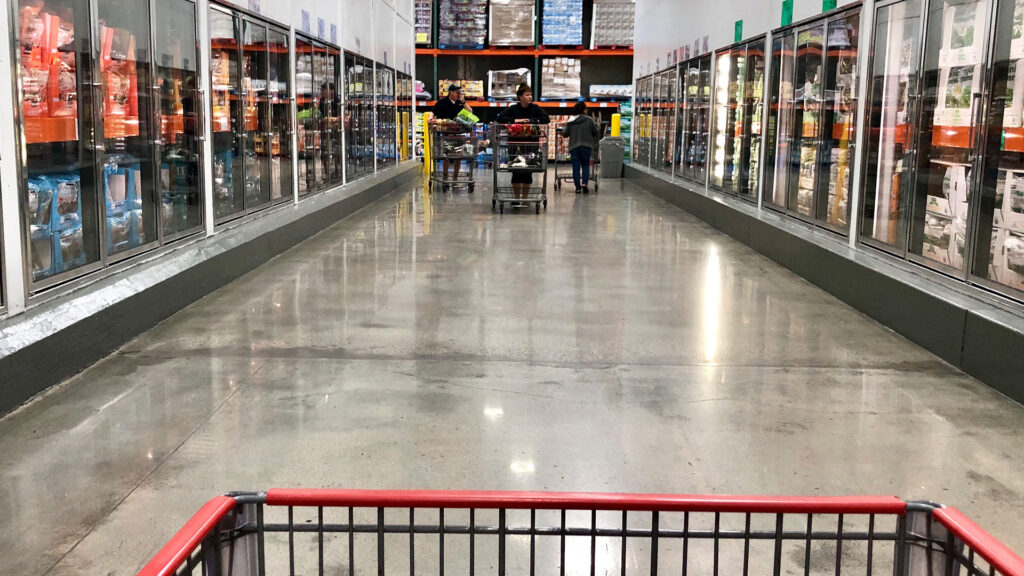
1. Shop for deals and buy in bulk.
One of the best things you can do to offset the ridiculous costs is to buy household goods that are on sale or that feature a great deal. Buy a lot, if you can, and properly store them, so they can last you a few months when prices will likely still be high for many items.
If you check out the Slickdeals grocery page and set a deal alert for any everyday household item at any store, you’re likely going to walk away feeling more free from the weight of inflation.
- Slick Tip: Download Slickdeals’ browser extension to do the heavy work for you and find the coupons that can ease the pain of inflation.
2. Take advantage of discounts.
See if you qualify for discounts for military, seniors or teachers. For example, Lowe’s offers 10% off for active military. Some grocery stores may even have discounts at checkout for students. It doesn’t hurt to ask. You might be missing out on valuable savings that are right underneath your nose!
3. Avoid making big purchases until later.
If it’s not an emergency, try putting off big purchases like washer/dryer or a brand-new TV until a notable holiday discount comes around or maybe the following year when prices might be lower than they are now. But say you are in need of an appliance, just make sure to do price comparisons across various retailers and ask about the price-matching and return policy in case you find a better deal. And hey, it never hurts to shop used or refurbished these days as long as you do your research.
- Slick Tip: Be a savvier shopper by checking out our list of the best things to buy on sale every month.
4. Sign up for cashback and rewards programs.
This is probably our favorite way to offset inflation. When you have credit cards that give you cash back depending on how much you spend and where you spend it, you rest easier knowing you’re not spending the full price on an item. That said, don’t fall into the trap of accumulating credit card debt. Pay it back in full every month to avoid paying interest on your purchases.
And if you have a favorite store, you’re likely going to find that they offer a rewards program for its loyal shoppers with usually no fees. Don’t forget to sign up for your grocery store’s rewards program to save on your everyday purchases.
Here are some popular rewards that are worth checking out:
- Costco Executive Membership with 2% back
- Sam’s Club Plus Membership with 2% back
- The Best Gas Apps and Rewards
- Slickdeals’ Cashback Extension
How to Save No Matter Where You Shop or What You Buy
Download the Slickdeals app for iOS or for Android to your phone to save you money when you shop online. See all active deals our community of over 12 million active deal hunters have found and uploaded, and easily search and browse items to make sure you’re getting the lowest price on the internet.
You can also set Deal Alerts using the app to get notified on your phone whenever the item you want is on sale at the price you want to pay.


